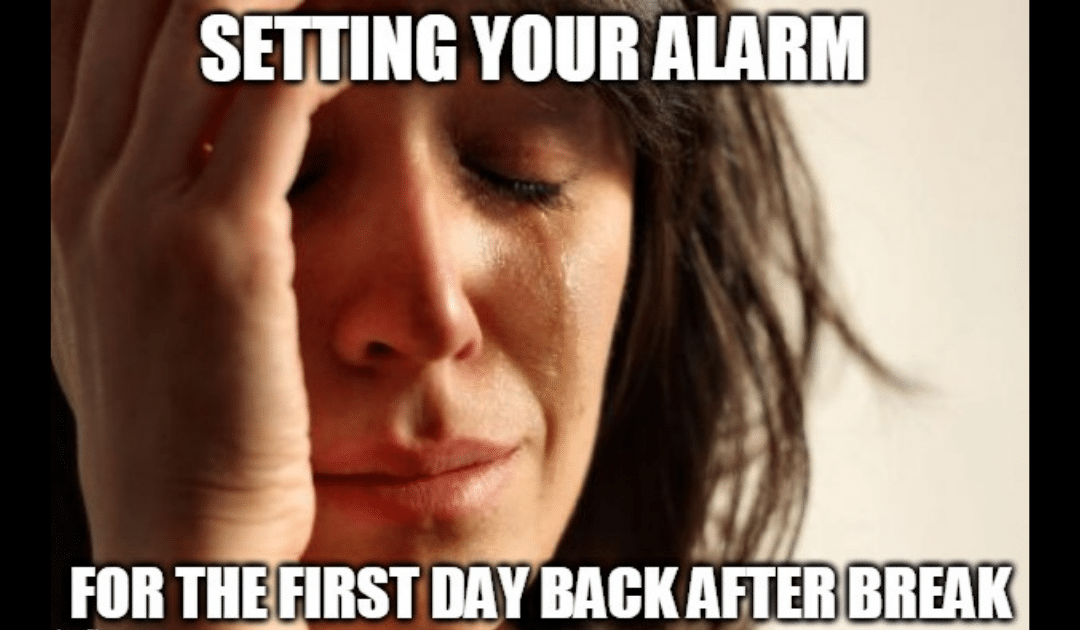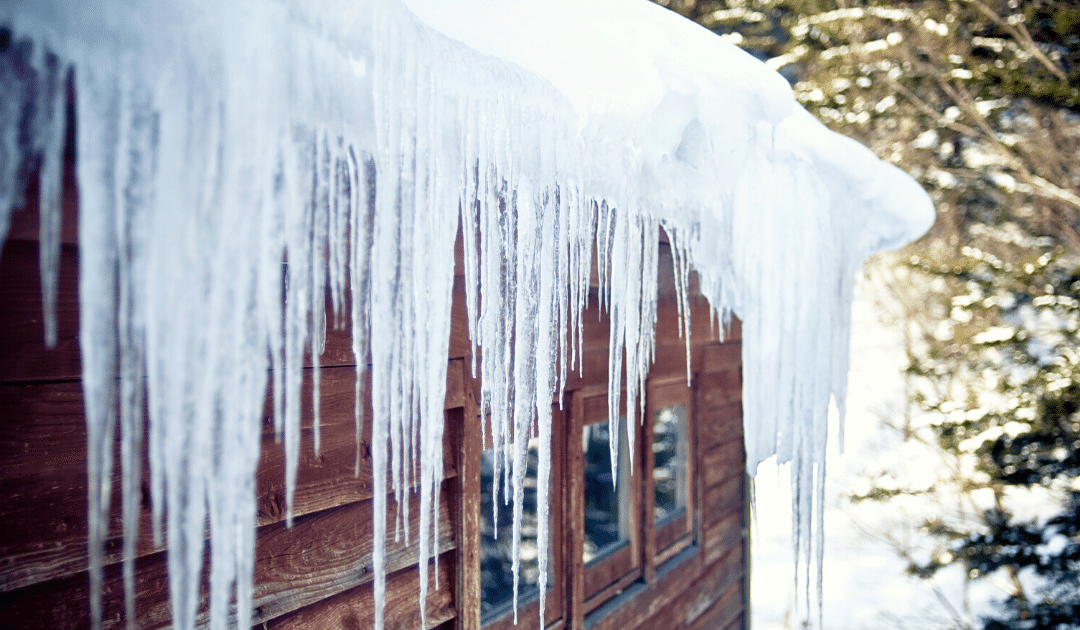
by California Casualty | Homeowners Insurance Info, Safety |
Snow build-up packs a double-punch threat to your roof – and home. As snow piles up on your roof, it creates two threats over time. One is a heavy snow weight which, if left unchecked, can pose a risk of roof collapse. The other is the formation and persistence of ice dams.
Ice dams form when warm air rises inside your house and warms the roof, melting water that then runs down the eaves. Since eaves are colder, it refreezes there and creates a solid ice block, which then backs up future run-off water behind it. The more snow you have, the more run-off will accumulate. Also, the greater the temperature difference along your roof and the more time the ice deposits have to grow, the bigger your ice dam problems will be.
Keeping both these threats at bay requires a steady habit of keeping that snow in check.
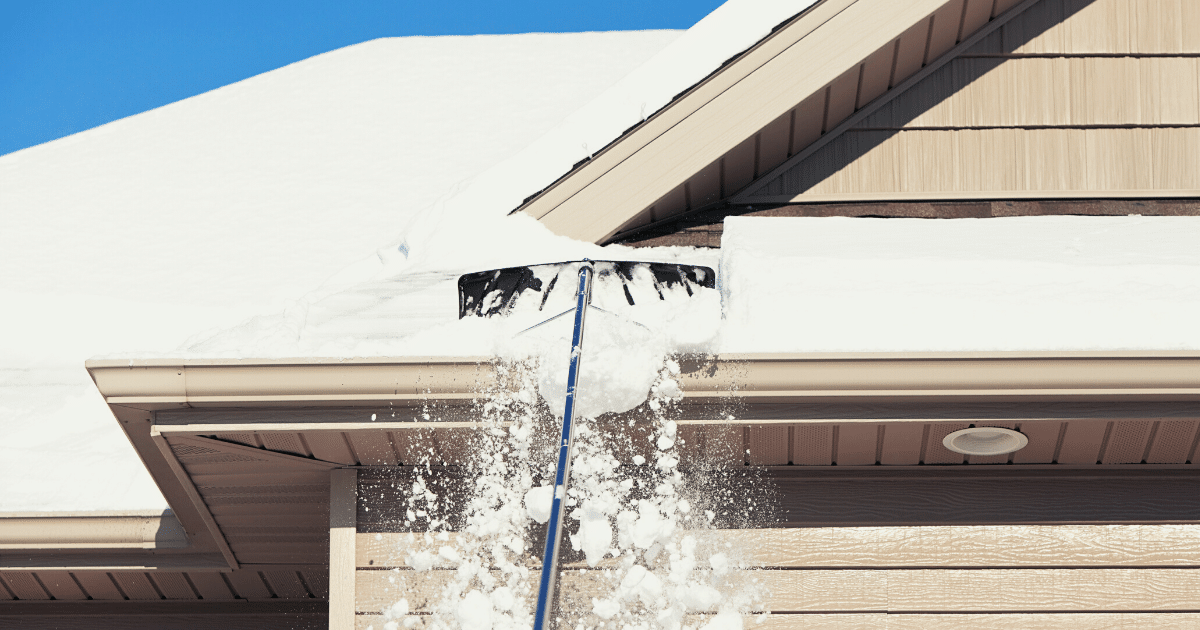
Rooftop Snow Removal
Rooftop snow is typically removed either by raking or shoveling. Your best bet as a DIYer is raking. If you live in a one-story house, you can probably do this yourself. If you live in a two-story or taller home, or you have an abundance of snow to remove, consider hiring a professional (who will most likely shovel, rather than rake). Here are some top tips for safe snow raking.
-
- Get the right rake – Look for a rake that has these important features. First: small bumpers, wheels, or rollers near the blade. These keep the blade off the roof surface, protecting it from damage. Second, the handle should have a slight bend to it. This makes it more versatile and easier to use than a straight-handled rake. Third, consider plastic over metal because it’s lighter. Finally, a telescoping feature will allow you to reach more snow.
- Buy an extension or two – If your rake doesn’t have a telescoping feature, it’s a good idea to buy extra extension poles so that you can rake as high as possible on the roof. And having an extra pole or two tucked away will be good if your main one gets bent or damaged.
- Rake regularly – Making this an ongoing task throughout the winter will help prevent build-up.
- Have a plan – It’s important to rake in a particular sequence. First, knock down any hanging icicles. Then, with a rake in hand and firm footing on the ground, work your way around the house, starting with the overhangs (which are most prone to ice dams).
- When raking, start low – Start at the bottom of the roof and work your way to the top, pulling off a foot or so of snow at a time. Be warned that starting high or pulling down too much snow could bring it tumbling down on you.
- Stand back – Give yourself some room away from the roof’s edge so that if snow dislodges, it won’t fall on you.
- Watch out for power lines – Be extremely careful not to hit any overhead lines. In fact, take an inspection walk around your house before starting to rake. Overhead lines are common in older homes.
- Think twice before salting – Salting the roof can lead to discolored shingles and dead plants or grass.
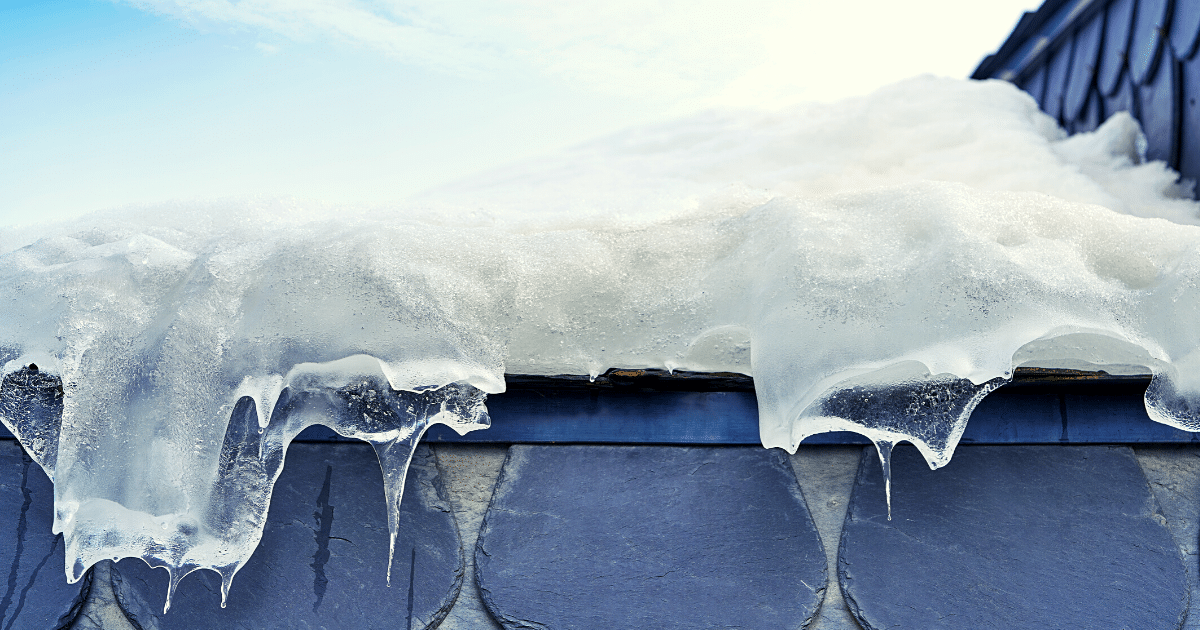
Preventing Ice Dams
Ice dams can lead to roof leaks, causing structural damage inside your home, as well as water stains, bubbling paint and wallpaper, and mold/mildew formation. Besides keeping up with snow removal (the best strategy for ice dam prevention), here are some others:
-
- Insulate your attic – This will minimize heat loss, keeping your roof cooler and melting less snow. It will also save on energy costs.
- Eliminate air leaks – Seal leaks in the attic, around the chimney, and at entry points for vents and pipes.
- Vent out the hot air – Proper ventilation will help keep heat from getting trapped and warming concentrated spots on your roof. Consider installing two motor-driven fan vents – one that draws in cold air and one that exhausts hot air.
- Turn down the heat – Dialing down your home temperature will not only help prevent snowmelt and ice dams, but also save on your heating bill. Check out our easy tips here.
- If you already have ice dams – Ice dams can do serious and expensive damage to your home – so if you have them, get them removed by a professional asap.
Preventing wintertime damage to your home saves money and headaches over time. In the case of your roof, keeping it maintained and damage-free will extend its life and protect your home’s value. Follow the strategies above and also remember – if the snow is wet, heavy, voluminous, or hardened you should hire a professional snow shoveling service. Finally, getting a pre-winter roof inspection is always a good idea, as it will surface any structural vulnerabilities or problems with your roof.
For more winter home maintenance tips, click here.
This article is furnished by California Casualty, providing auto and home insurance to educators, law enforcement officers, firefighters, and nurses. Get a quote at 1.866.704.8614 or www.calcas.com.
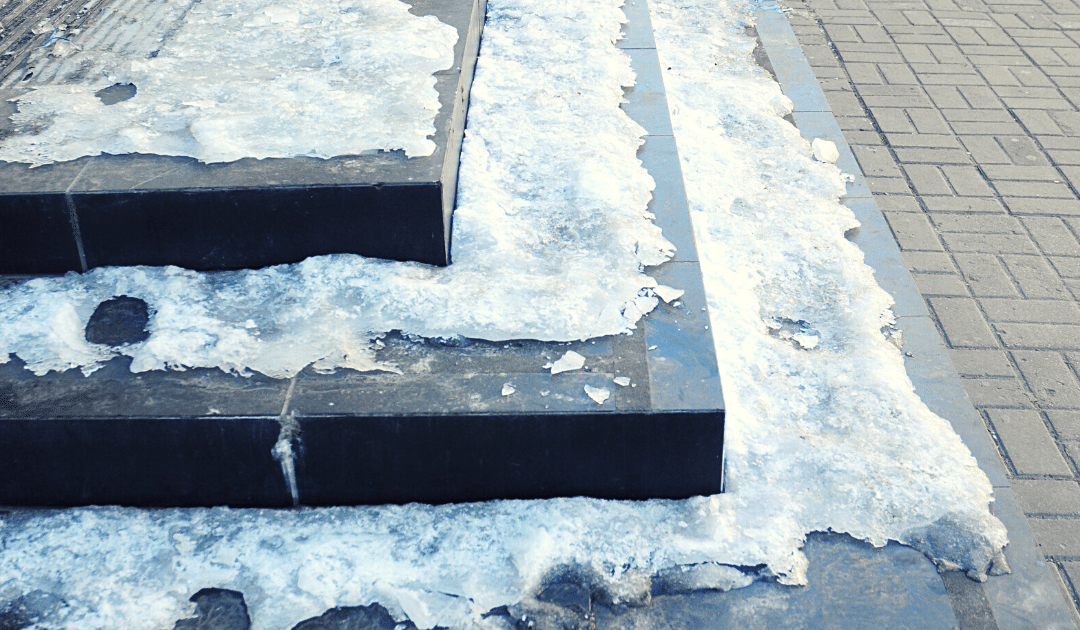
by California Casualty | Homeowners Insurance Info, Safety |
With cold weather comes extra hazards. Be on the lookout for these six common ones, so you can avoid injury, accidents, and damage to your home.
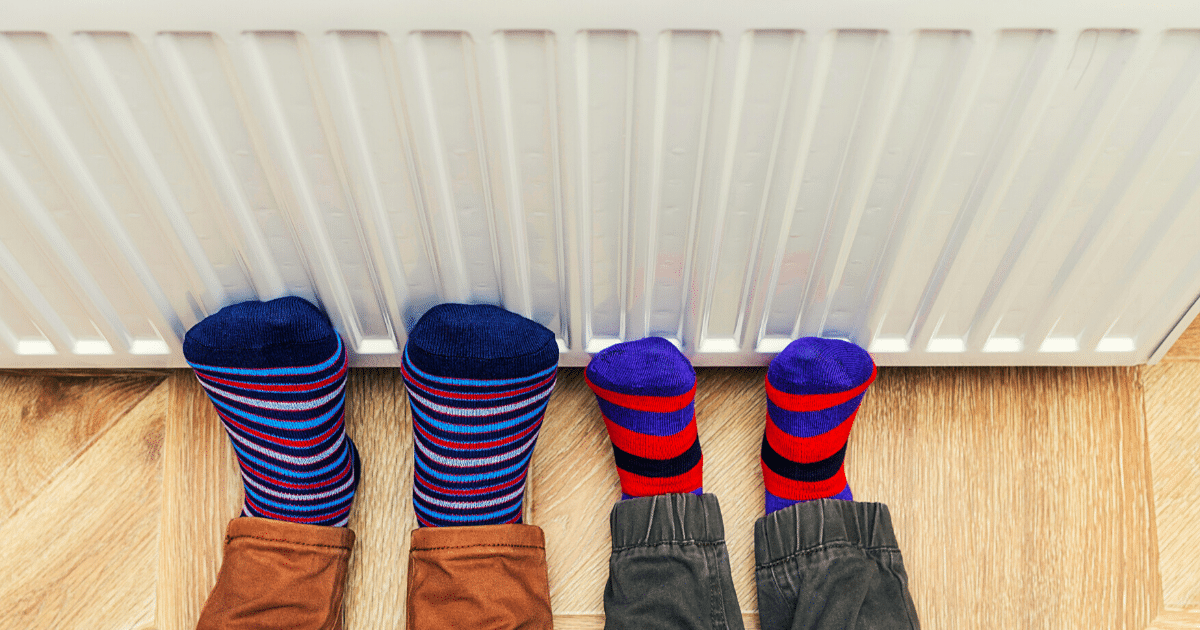
1. Unsafe Heaters and Furnaces
Make sure your heating system has been inspected by a professional (ideally well before winter arrives). This will ensure that it’s prepped for the hard work of heating your home through frigid temps and doesn’t break mid-season, leaving you scrambling for repairs. Here’s how you can keep it in working order:
-
- Wipe it down regularly to get rid of dust and debris; you can also gently vacuum it with a nozzle/brush attachment.
- Clean vents and adjust dampers in all rooms.
- Replace dirty filters as needed.
- Listen and watch for strange sounds or behavior. Do a visual check from time to time for frayed wires or other damage (pests can attack without your knowledge!).
- If you have a furnace, be sure to check the pilot light regularly (follow manufacturer’s instructions).
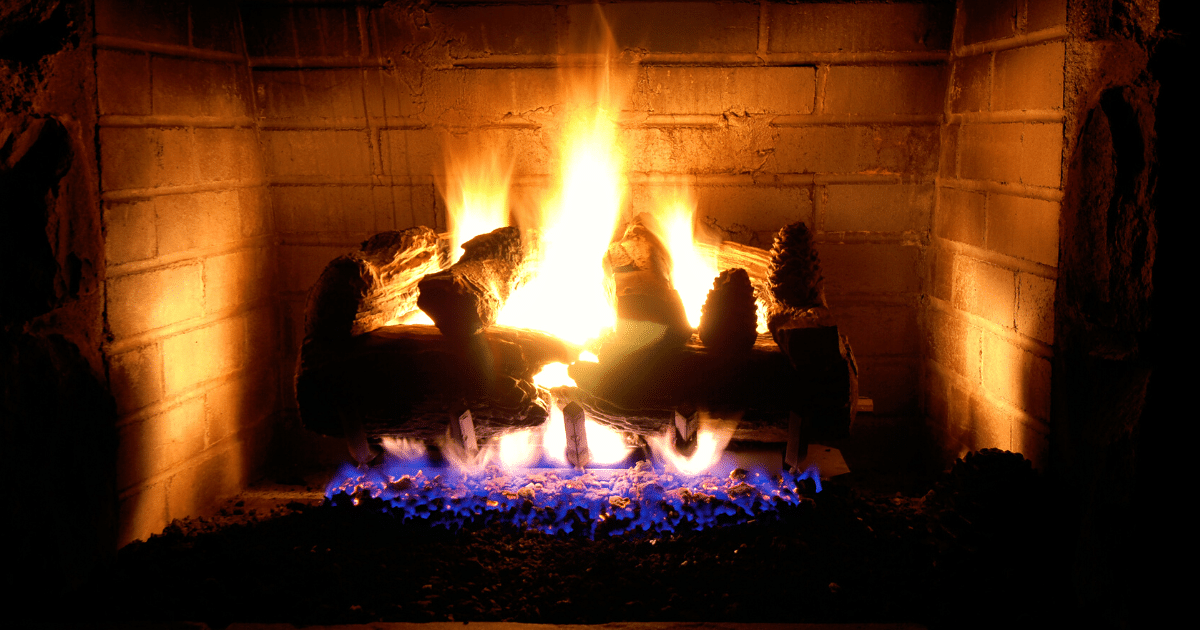
2. Fireplace Hazards
Like your heating system, your chimney, flue, and supporting structures need an annual inspection (and possible cleaning). Schedule inspections at the same time for an easy maintenance routine. Besides inspections, be sure to:
-
- Clean out ash after every fire – excess ash can reduce airflow and make your next fire dangerous.
- Never leave a fire unattended, and always make sure it’s completely extinguished before leaving it for the night.
- Use a fire screen for extra protection and consider fireplace doors if appropriate.
- Check your smoke and carbon monoxide alarms to make sure they’re working properly.
- For more indoor fire safety tips, check out our blog post.
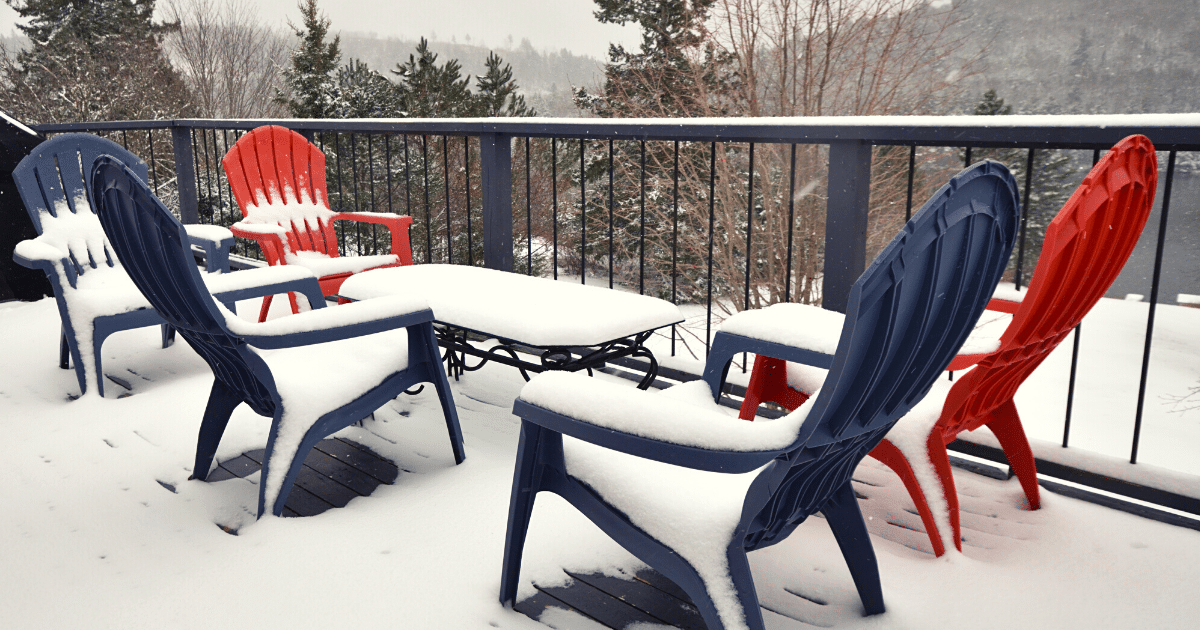
3. Porch and Deck Safety
The areas immediately surrounding your home and entrances pose a special risk for slips, falls, and other injuries resulting from ice. Protect yourself, your family, and any visitors with these precautions.
-
- Remove snow from decks, walkways, porches, and your driveway as soon as possible to prevent a melt-and-refreeze cycle (i.e. black ice).
- Consider slip-resistant finishes and coatings, deck strips, or even mats in high-traffic areas.
- Make sure handrails are secure and in good working order to provide stability when stairs are slick.
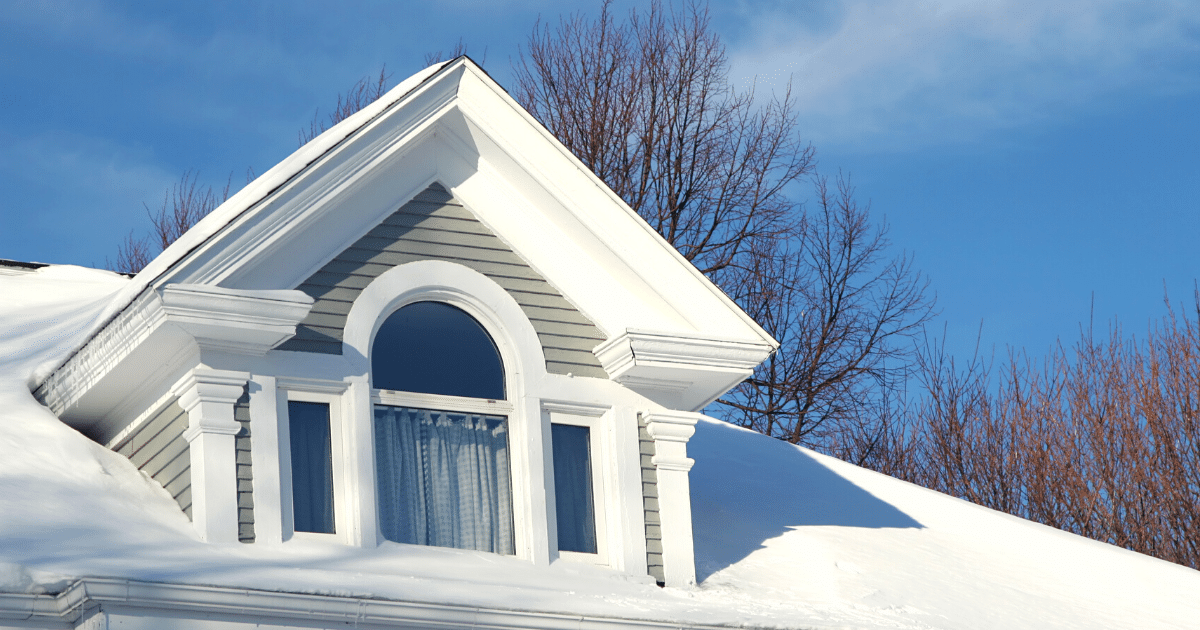
4. Gutters and Roofs
Following a theme from earlier on, it’s imperative to get your roof inspected annually so that you become aware of any problems and can get repairs done before winter sets in. Then, throughout the season:
-
- Keep gutters cleared out so that water goes down the spout where it’s supposed to, rather than finding other cracks or crannies to get into.
- If you live in a snowy area, clean gutters can also help prevent ice dams from forming and causing costly damage.
- Remove snow from your roof regularly with a roof rake.
- Use that same rake to remove any icicles that have formed.
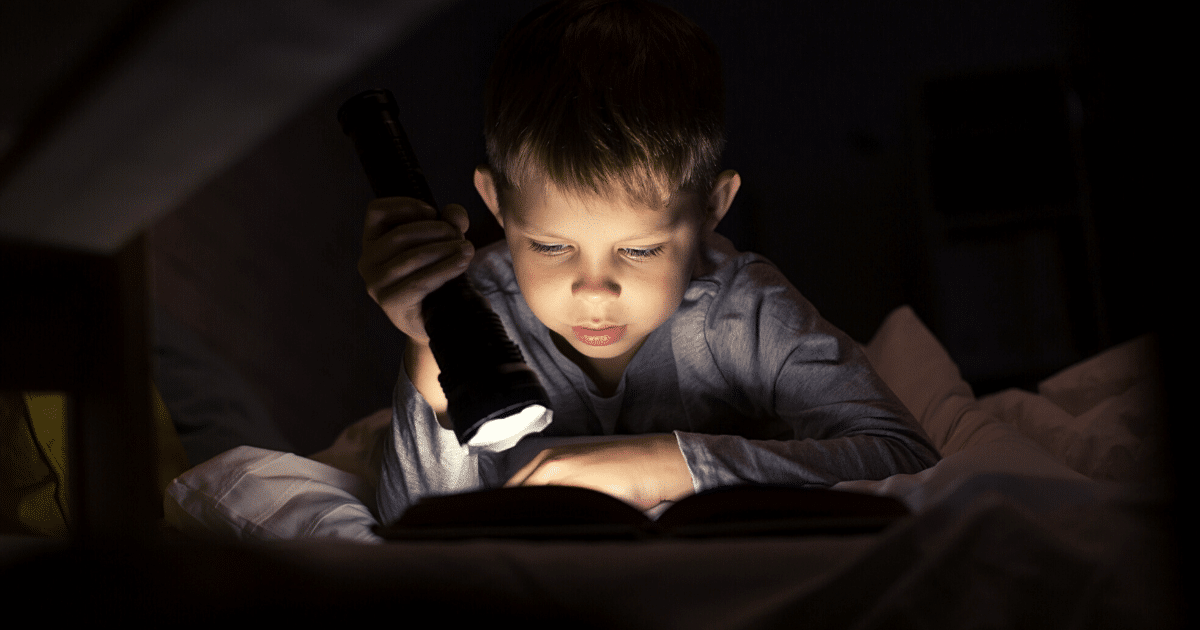
5. Power Outage Prep
Snowstorms and freezes can easily take out power lines, leaving you in the cold and dark. Have your emergency plan and power back-up ready in case you need it. Additionally:
-
- Have a two-way radio for news concerning the outage (make sure it’s solar-powered, uses batteries, or is hand-crank).
- Have a hand-crank or solar-powered cellphone charger so you can keep in touch with family, neighbors, and friends.
- Invest in a generator, and always have flashlights, lanterns, and extra batteries on hand.
- If you don’t have an emergency kit or plan for your family, make one today.

6. Germ Safety
Illnesses, including the flu, coronavirus, and others surge during winter months because we’re usually indoors and in close proximity to others. Be sure to stick to the routine precautions for COVID-19 prevention – including mask-wearing, frequent handwashing, and social distancing – to keep yourself and your family safe. Pandemic fatigue is real, but sticking to the guidelines will keep us all – including our nurses, doctors, and other health care workers – healthy until a vaccine is available.
Many times, making sure your home is prepped for winter hazards means thinking ahead in summer and fall. Keeping up with your yearly inspections can uncover problems with chimneys, heating systems, and your roof that could cause major headaches and damage right when the thermometer is plunging. Taking actions early – and keeping an eye out year-round – will give you peace of mind during the winter so you and your family can enjoy a cozy, serene and safe home.
This article is furnished by California Casualty, providing auto and home insurance to educators, law enforcement officers, firefighters, and nurses. Get a quote at 1.866.704.8614 or www.calcas.com.

by California Casualty | Peace Officers |
Today is National Law Enforcement Appreciation Day (LEAD) – a day designated to honor the more than 800,000 men and women across the country who have taken the pledge to protect and serve.
From fighting crime and saving lives to ensuring public safety, responding to accidents, and building community relations, law enforcement officers improve our communities in a million different ways every single day.
In fact, their work is so foundational to our everyday sense of safety and security that it can be easy to forget all that they do. So today, join us and millions of other Americans in showing appreciation for our officers in blue.
Here are some things you can do today and every day to show your support:
-
- Send a thank you card to your local police department.
- Wear blue in support of law enforcement today – you could also make your social media picture blue for the day, or even change it to your local police department’s logo or insignia.
- Ask your kids – and/or those in the neighborhood – to write letters to peace officers. If your kids seem interested in officers’ careers, sign them up for a mentorship or other program offered by police departments.
- Follow your local police department on social media – you’ll not only be more aware of local news and alerts, but also gain a greater understanding of all that your department deals with. And when you have a good experience with law enforcement, give them a shout-out on your page! Boosting the positive highlights the good that officers do day in and day out.
- Support officer causes and fundraising drives. Better yet, volunteer! As a civilian, you can help supplement and support officers by doing things like clerical tasks, assisting with search and rescue, reporting graffiti in neighborhoods and helping with equipment and property inventory.
- Participate in initiatives, projects and programs launched by your local police department to build relationships in their communities. These might include events like National Night Out, Coffee with a Cop or even neighborhood barbeques.
- Take part in Project Blue Light, which honors and remembers officers who have been killed in the line of duty. Your local community most likely has a Facebook page.
- Help prevent police suicides. Check out Blue H.E.L.P. and click on “Get Involved” to see how you can help.
- Give blood in honor of fallen heroes – C.O.P.S and the American Red Cross co-host a national Blue Blood Drive every year.
- Donate – Direct financial support can help organizations that serve officers achieve greater impact. Here are some law enforcement and first responder charities to consider (and some general tips on doing your due diligence with any charity organization).
- Participate in law enforcement surveys – These help by providing honest feedback from community members around policing efforts or areas of concern.
- Sign up for your Neighborhood Watch program – start here.
- Check out these additional tips – especially relevant during the pandemic.
Most importantly, say “Thank you” whenever you get the chance. In-person, on social media, wherever – use your voice to support officers. Their job asks them to put their lives on the line every day; by sharing thanks and gratitude you can help boost their morale and make those tough days a little brighter!
This article is furnished by California Casualty, providing auto and home insurance to educators, law enforcement officers, firefighters, and nurses. Get a quote at 1.866.704.8614 or www.calcas.com.

by California Casualty | Educators |
Congratulations on surviving another semester of pandemic schooling, which could be considered enough stress for an entire school-year itself. You’re now savoring the last of your winter break and some hard-earned R&R. But the mornings are dark; it’s cold and snowy (or wet) outside. Chances are, you’re not itching to get back to early morning zoom classes!
Motivation at the peak of winter takes a hit every year. Here are some tips to fire up your and your students’ motivation to get through these last winter months with renewed energy and focus.
For Teachers
1. Start and end the day with joy – Bookending your day with little pleasures – anything that brings a smile – can help your mindset for the whole day. This could be as simple as using a beautiful, high-quality planner, sipping your morning coffee from a favorite mug, or setting photos of family and friends in view. Or it could be taking a daily walk to connect with nature, keeping a gratitude journal, or any other little ritual that brings joy.
2. Know that you’ve got this – Take a moment and look back at how you met and rose to the challenge of 2020. Taking time to acknowledge your achievements and resiliency can help you find the motivation to forge ahead into 2021. Having confidence in yourself will help fortify you when overwhelm creeps up from time to time.
3. Practice self-care – We all know the drill about airplane masks: Take care of yourself first, or else you won’t be able to help others. List out the things that replenish and energize you, and then take steps to prioritize those in your week. Maybe it’s reading, hiking, or connecting with friends. Tending to your own health and well-being will have a spillover effect of being a better teacher.
4. Communicate with your administrators – Your administrators are there to support you, so ask for assistance when you need it. Use clear communications to let them know about challenges or workload issues – and remember that just like at every other school in the nation, pandemic-era education is a work in progress. Patience and open communications are some of the best tools for thriving amid the challenges.
5. Remember why you’re doing this – At the end of the day, it’s about the kids. When overwhelm and stress threaten to overtake you, try to reconnect with the reason you became a teacher in the first place. Acknowledge it’s not easy and everyone’s doing the best they can. Compassion – for yourself and your students – goes a long way.
6. Pace yourself – Sometimes, having the finish line in sight helps with the final push. Put up a calendar and mark the days until spring break. You’re only a couple of months away – you can do it!
Helping Your Students
7. Share your experience – By acknowledging with your students that everyone’s been having a hard time, it gives them permission to feel their feelings. By sharing any struggles you yourself have had, they’re likely to feel less alone, ashamed, or self-critical.
8. Be optimistic – Optimism is contagious. The more positivity and optimism you bring to the classroom, the greater the chance it’ll rub off on your students. It may well help buoy them and ignite their natural resilience. Remind them that there’s a light at the end of the tunnel – spring break is around the corner!
9. Encourage kids to designate a cheerleader or two – If kids surround themselves with people who encourage and support them, they’ll get through this year with a lighter mental load. Encourage them to find a few people in their life whom they can check in with on their successes and struggles. Support and community are more important than ever right now.
10. Make this crazy time a learning experience – No matter their age, kids will take away life lessons from this pandemic year. By framing this year as a challenge that you all tackled and surmounted together, they’ll gain lessons on resilience, community, and collaboration that will serve them for years to come.
11. Celebrate successes – Celebrating students’ successes – whether those are individual or collective – will be extra meaningful this year. Recognizing their hard work and achievements will help them feel seen and acknowledged. Successes can be academic, behavioral, or something you see in their personal growth.
12. Make it fun – Find simple ways to give your students a lift as they return from winter break. This might mean sending welcome-back messages or scheduling something fun for them to look forward to, such as a competition or creative group project. Infusing passion and creativity into their lessons and subject matter will go a long way towards engagement.
Finding motivation (this year especially) to get through the rest of winter might take every ounce of energy you’ve got – but in the end, you may just end up being surprised by your own strength and resilience.
This article is furnished by California Casualty, providing auto and home insurance to educators, law enforcement officers, firefighters, and nurses. Get a quote at 1.866.704.8614 or www.calcas.com.












